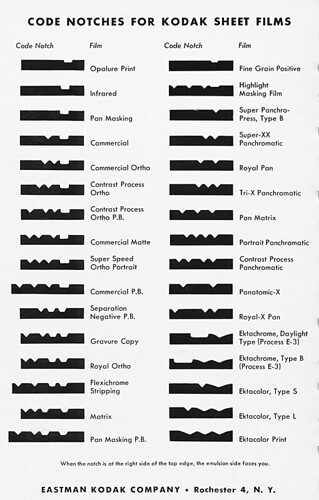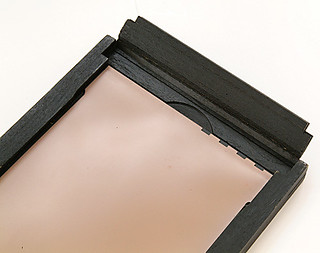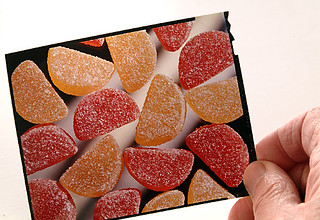Difference between revisions of "Sheet film"
(New page with text and three photographs) |
m (Minor caption edit) |
||
| Line 27: | Line 27: | ||
|image= http://farm1.staticflickr.com/766/22395596068_2520de2937_n.jpg | |image= http://farm1.staticflickr.com/766/22395596068_2520de2937_n.jpg | ||
|image_align= left | |image_align= left | ||
| − | |image_text= 4x5 Ektachrome <br>sheet film transparency | + | |image_text= 4x5 Ektachrome Type B <br>sheet film transparency |
|image_by= Geoff Harrisson | |image_by= Geoff Harrisson | ||
|image_rights= wp | |image_rights= wp | ||
Revision as of 07:49, 29 October 2019

|
| 1960 Kodak chart image by Geoff Harrisson (Image rights) |
Sheet film, sometimes called cut film, was introduced as an alternative to glass plates because it was lighter and unbreakable. It was available in all the commonly used sizes (see plate sizes) and could be loaded into plate holders by using a film sheath. Some manufactures put a notch in one edge so you could load it into a dark slide correctly in the dark; when the notch was on the top right-hand side the emulsion was facing you. Eastman Kodak later coded their various emulsions by giving each a different shaped notch.

|
| notched film in dark slide image by Geoff Harrisson (Image rights) |

|
| 4x5 Ektachrome Type B sheet film transparency image by Geoff Harrisson (Image rights) |